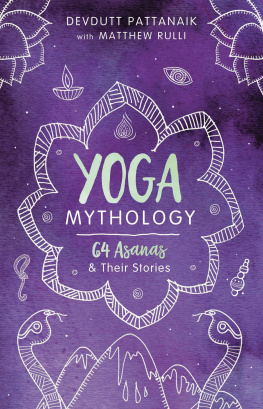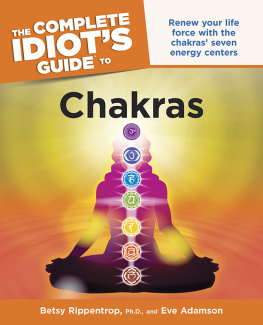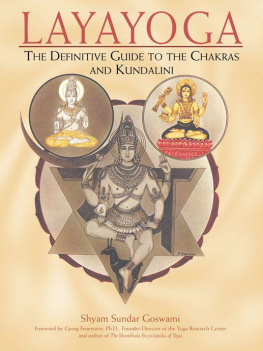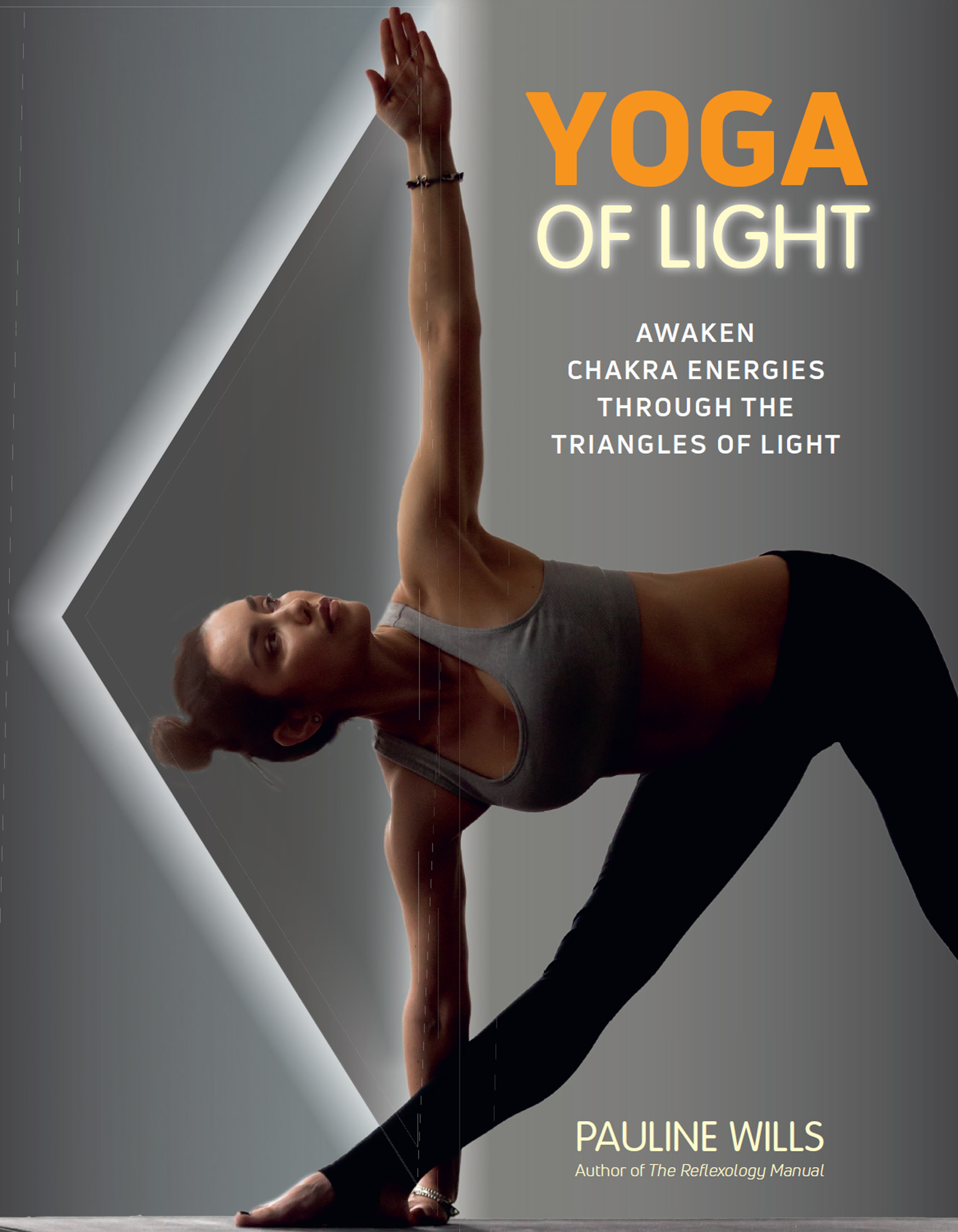

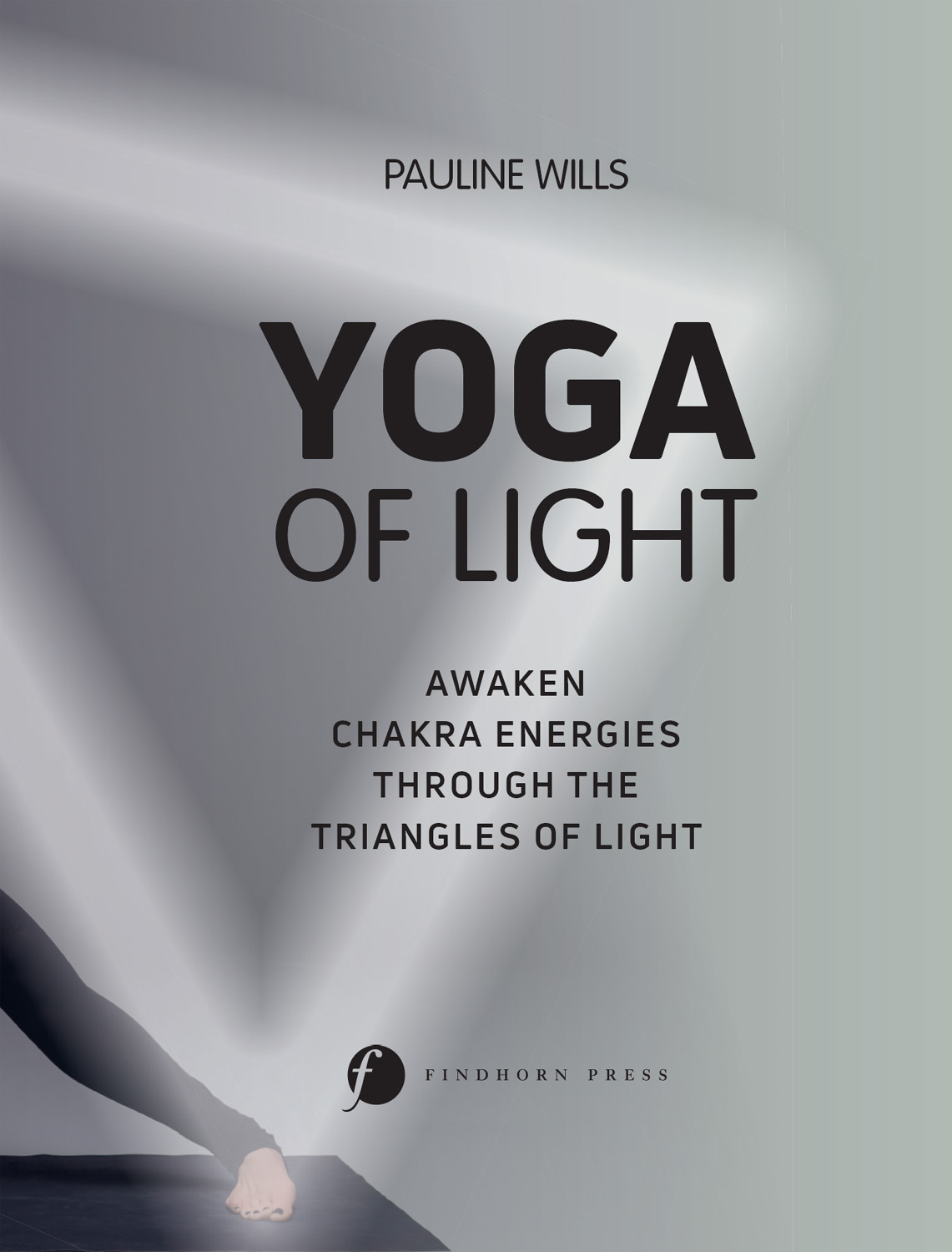
ACKNOWLEDGEMENTS
Eddison Books Limited
Managing Director Lisa Dyer
Managing Editor Tessa Monina
Designed and edited by Fogdog Creative (www.fogdog.co.uk)
Proofreader Jane Roe
Indexer Marie Lorimer
Production Sarah Rooney & Cara Clapham
INTRODUCTION
Yoga is one of the earliest-known belief systems, combining spiritual awareness with physical discipline. Its believed that most paths or religions have absorbed at least some of its teachings. Yogas principles are based on the eight steps of yoga laid down by the Eastern sage Patanjali. These encompass restraints and observances, posture, breathing, concentration, contemplation and meditation. In the West, unfortunately, yoga tends to be looked on solely as a keep-fit routine. The asanas, or postures, do, indeed, encourage physical fitness, but this is far from yogas true essence.
When practising an asana, the position of the body must be precise, in order for the posture to work with the bodys energy centres, or chakras. The emphasis isnt on how many times a posture is formed but on how long that posture is held, while maintaining the correct breathing, sustained concentration on the posture and contemplation of the relevant chakra or chakras.
Through working and teaching in this way for the past twenty-five years, I began first to feel lines of energy linking the chakras and then to see this energy as triangles of light. When this first occurred, I had no idea what was happening or what these triangles indicated. It was only through meditating on what I was experiencing, and researching little-known works on yoga philosophy, that I began to learn that these triangles form as we evolve spiritually and our chakras start to clear and open. The journey has been exciting. But at times it has also been challenging, both physically, as the chakras cleansed themselves of old debris accumulated over many lifetimes, and in the changes that this cleansing brought about on all levels of being.
One of the main chakras involved in the creation of these triangles of light is the alta major, situated where the cervical spine enters the skull. This chakra is sometimes called The Mouth of God, because its here that pranic, or life force, energy is fed into the body to energize and maintain it. Enlightened beings reputed to have lived for years without taking food or water are believed to have sustained the physical body with the energy that enters the body through the alta major chakra. Initially, when these triangles of light start to form, theyre felt either as heat or as a tingling sensation. Its only constant practice, combined with meditation, that enables us to see them with our inner sight. We are, I believe, beings of light, and its these triangles that amplify the light of our true being.
More and more people now believe that the present period in Earths history is a time when our planet and all things living upon it are being challenged to make a quantum leap out of our three-dimensional world into a fourth and fifth dimension. For this to occur, old structures have to be broken down to create space for a new way of living and being. I believe that the triangles of light formed within our bodies are part of that transformation process a process that heightens the frequency to which each of us resonates and, in so doing, aids and prepares us for that quantum leap.
For those who wish to work with the triangles of light, you must face some challenges and be happy to make changes in your life. If youre prepared to do this, these triangles can build up your own inner light and eventually lead you to a state of enlightenment.
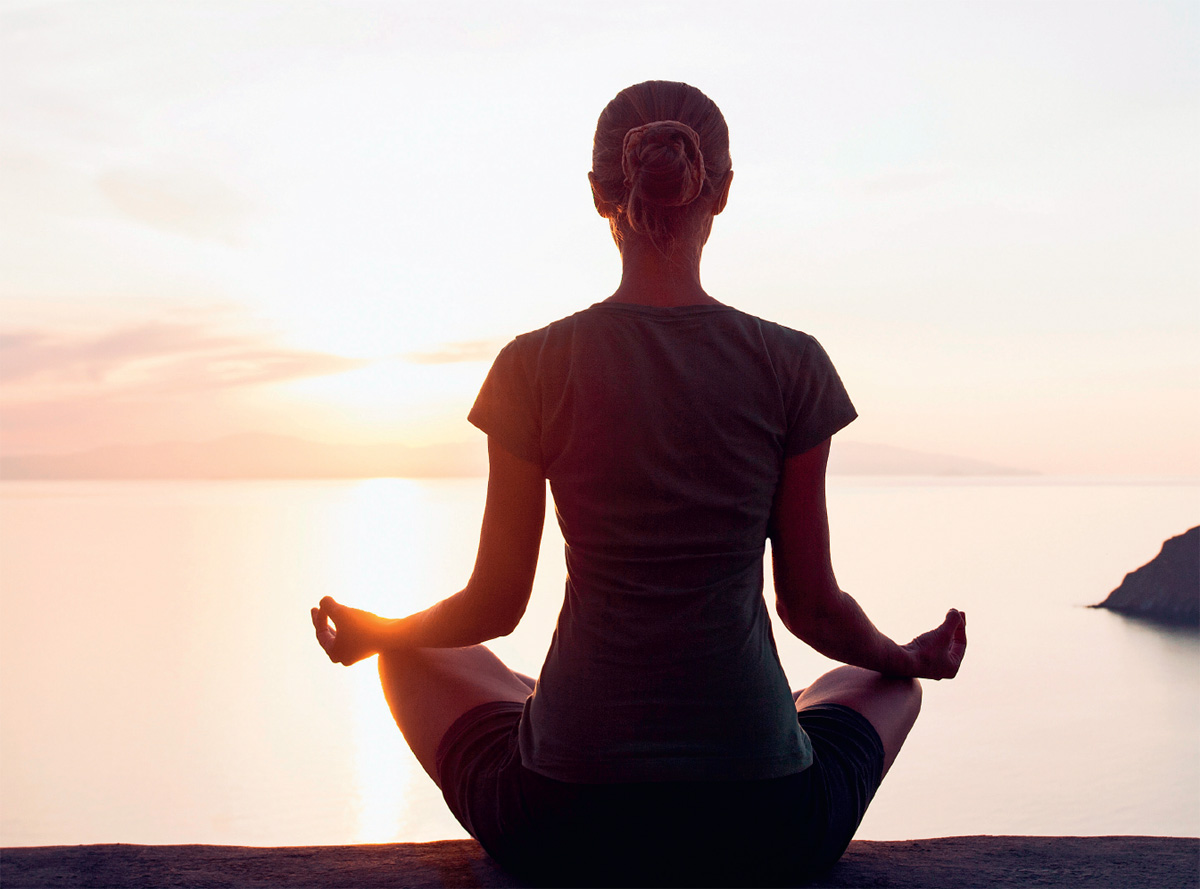
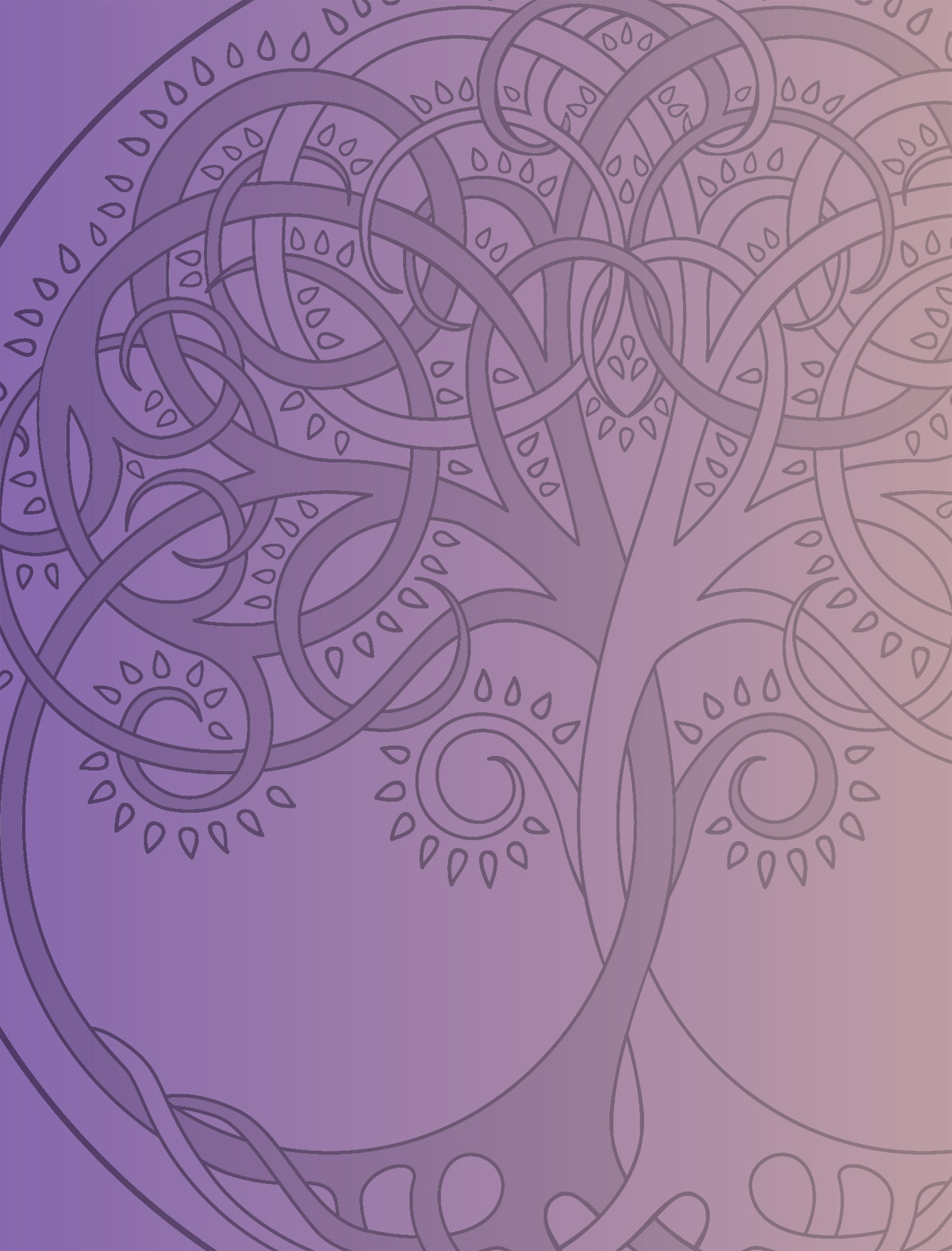
WHAT IS YOGA?
YOGA IS A DISCIPLINE A WAY OF LIFE THAT AIMS TO HELP US REALIZE OUR TRUE SELF: THAT ETERNAL ELEMENT OF US THAT IS PART OF THE CREATOR OF THE UNIVERSE, THE SUPREME REALITY THAT HAS NO BEGINNING AND NO END; THE INEXTINGUISHABLE ESSENCE THATS PRESENT IN ALL LIFE. YOGA PREACHES NO DOGMA, BUT WILL ENHANCE ANY RELIGION OR PATH THAT A PERSON CHOOSES TO FOLLOW.
THE STORY AND ESSENCE OF YOGA
The word yoga derives from the Sanskrit yug, meaning to unite, and in the practice of yoga we unite body, mind and spirit into wholeness, in order to reach samadhi, a state of deep contemplation, leading to higher understanding and consciousness. This is why one of the questions that yoga students are invited to ask themselves is Who am I? or, as the twentieth-century spiritualist Paul Brunton preferred to say in his book The Hidden Teaching Beyond Yoga, What am I?
Yoga is ancient. Some of its earliest traces were uncovered in the 1920s during excavations led by archeologist Sir John Marshall at Mohenjo-daro in the Indus Valley, including sculptures of human figures and two glazed pottery seals more than 4,000 years old. The first of these faience seals depicted a man seated in the lotus posture, flanked by two worshippers with raised and folded hands. The second seal showed a man in the lotus posture, seated on a pedestal and surrounded by an elephant, a lion, a buffalo, a rhinoceros and a pair of deer. One of the excavated sculptures was of a man meditating in full lotus posture; another sculpture, depicting only the upper part of the body, was of a bearded, long-haired figure with his eyes closed in meditation and a cloth thrown across one shoulder. Similar figures have been found in the ancient city of Harappa, also in the Indus Valley, dated to the third millennium BCE.
Yoga, like a tree, has many branches, all ultimately supporting each other to create wholeness. The earliest branch of the tree, representing the first yogic path, is jnana yoga, the yoga of wisdom and knowledge. Its first literary exposition appears in the Upanishads, a collection of texts from the first century BCE thats still used and valued today. Said to have been composed through meditation, the writings of the Upanishads iterate the important role that meditation plays in equipping the practitioner for the great intuitive revelation that the texts reveal. However, beautiful though the Upanishads are, many feel they lack the warmth and comfort found in the later ancient Indian classics the Bhagavad-Gita and the great sage Patanjalis Yoga Sutras.
No one is sure precisely when Patanjali lived, although some scholars have dated his existence to around 300 BCE. All the main practices of yoga are included in Patanjalis sutras pithy sayings that were initially passed by word of mouth from master to student, who was then expected to meditate upon their meaning. Encompassed within the sutras are the eight limbs of yoga on which its practice is based. In his sutras, Patanjali explains that following the eight steps of yoga removes impurities from the body and mind in preparation for experiencing the light of the true self. These eight yogic steps are the yamas, the niyamas, the asanas, pranayama, pratyahara, dharana, dhyana and samadhi.
Next page





